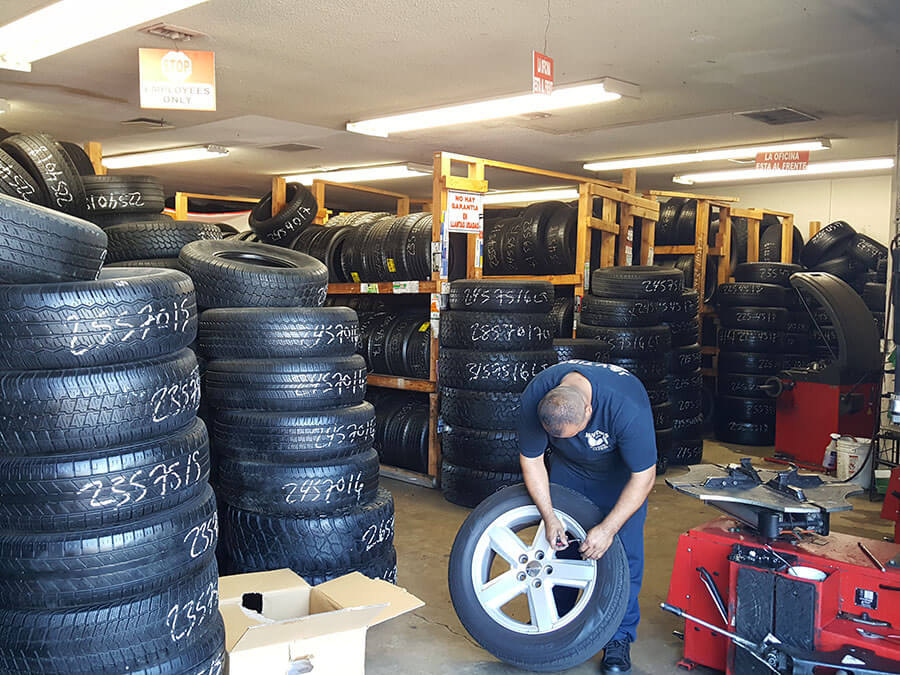Trust Fund Morris Tire and Alignment for Professional Service and Care
Wiki Article
Tire Service: Comprehending Tire Pressure Surveillance Systems
Understanding Tire Pressure Monitoring Equipments (TPMS) is a vital aspect of keeping ideal car performance and security on the road. With developments in auto innovation, TPMS has become a conventional feature in contemporary lorries, giving real-time info on tire stress levels.
Significance of TPMS
The value of Tire Pressure Monitoring Solutions (TPMS) exists in their capability to boost vehicle security and performance with real-time surveillance of tire stress levels. Maintaining the proper tire pressure is critical for making certain ideal handling, braking, and total safety of a car. TPMS provides drivers with instant responses on any type of underinflated or overinflated tires, permitting timely adjustments to be made.
Parts of TPMS
Consisting of different vital elements, a Tire Pressure Tracking System (TPMS) operates as an innovative safety and security feature in contemporary lorries. The major parts of a TPMS include sensing units, a control module, and a caution sign. Sensors are normally situated in the tire shutoff stem or connected to the wheel setting up, where they determine tire pressure and send information to the control component. If it finds substantially reduced pressure in any of the tires, the control module processes this information and triggers a warning. The caution indication, often an icon on the dashboard, signals the chauffeur to check the affected tire or tires. Some advanced TPMS versions additionally display the real tire pressure readings for every tire, supplying motorists with real-time details to make sure optimal tire efficiency and safety and security. By keeping an eye on tire stress continuously, TPMS aids protect against accidents, reduces tire wear, and enhances gas performance, making it an important element for automobile safety and security and performance.
Sorts Of TPMS

On the other hand, indirect TPMS relies upon the automobile's wheel speed sensing units to keep an eye on tire stress. This system spots underinflation by contrasting the rotational speeds of the wheels. Indirect TPMS is much less pricey than direct TPMS, as it uses existing sensors within the car.
While straight TPMS offers more exact readings, indirect TPMS is simpler in style and typically calls for less maintenance. Both systems have their restrictions and advantages, and the option in between them commonly depends upon aspects such as expense, automobile make, and personal choice. Recognizing the distinctions in between these 2 sorts of TPMS can help vehicle owners make notified choices pertaining to tire upkeep and safety.
TPMS Maintenance Tips
Reliable maintenance of TPMS is necessary for ensuring optimum efficiency and safety of your lorry. On a regular basis checking the TPMS sensing units for any kind of damages or deterioration is important. Make certain that the sensing units are tidy and free from debris that could interfere with their functioning. Furthermore, it is a good idea to inspect the sensing unit batteries periodically and change them morris tire and alignment as required to assure exact readings. Conduct regular examine the tire pressure levels and compare them with the TPMS analyses to ensure they correspond. Rectify the system following the manufacturer's standards if there are any type of disparities. Moreover, during tire rotation or replacement, make sure that the TPMS components are taken care of thoroughly to stop any kind of prospective damage. Last but not least, if the TPMS cautioning light brightens on the dashboard, address the concern without delay by examining the tire pressures and the general system for any mistakes. By sticking to these maintenance ideas, you can extend the life-span of your TPMS and improve the security of your driving experience.Advantages of Proper Tire Stress
Maintaining proper tire pressure, as stressed in TPMS Maintenance Tips, is critical for reaping the various advantages connected with ideal tire pressure levels. Among the main benefits of keeping the right tire pressure is improved fuel effectiveness. When tires are appropriately blown up, there is less moving resistance, resulting in better fuel economy. Furthermore, correct tire pressure makes certain even tire wear, extending the lifespan of the tires and promoting much safer driving problems. With the ideal tire pressure, cars likewise have much better handling and traction, especially in negative climate condition. This can improve total driving efficiency and safety and security for the vehicle driver and passengers. Additionally, keeping optimal tire stress can add to a smoother and extra comfortable adventure by lowering vibrations and sound triggered by underinflated tires. In final thought, the benefits of proper tire stress exceed just tire longevity; they encompass boosted gas efficiency, boosted security, better car performance, and general driving comfort.Verdict
To conclude, recognizing tire pressure monitoring systems (TPMS) is critical for maintaining ideal tire stress and ensuring vehicle security. By recognizing the relevance of TPMS, recognizing with its elements, understanding the various types available, adhering to proper upkeep tips, and understanding the benefits of keeping appropriate tire stress, chauffeurs can enhance their driving experience and lengthen the life expectancy of their tires. Appropriate tire pressure is crucial to reliable and secure car procedure.
Report this wiki page